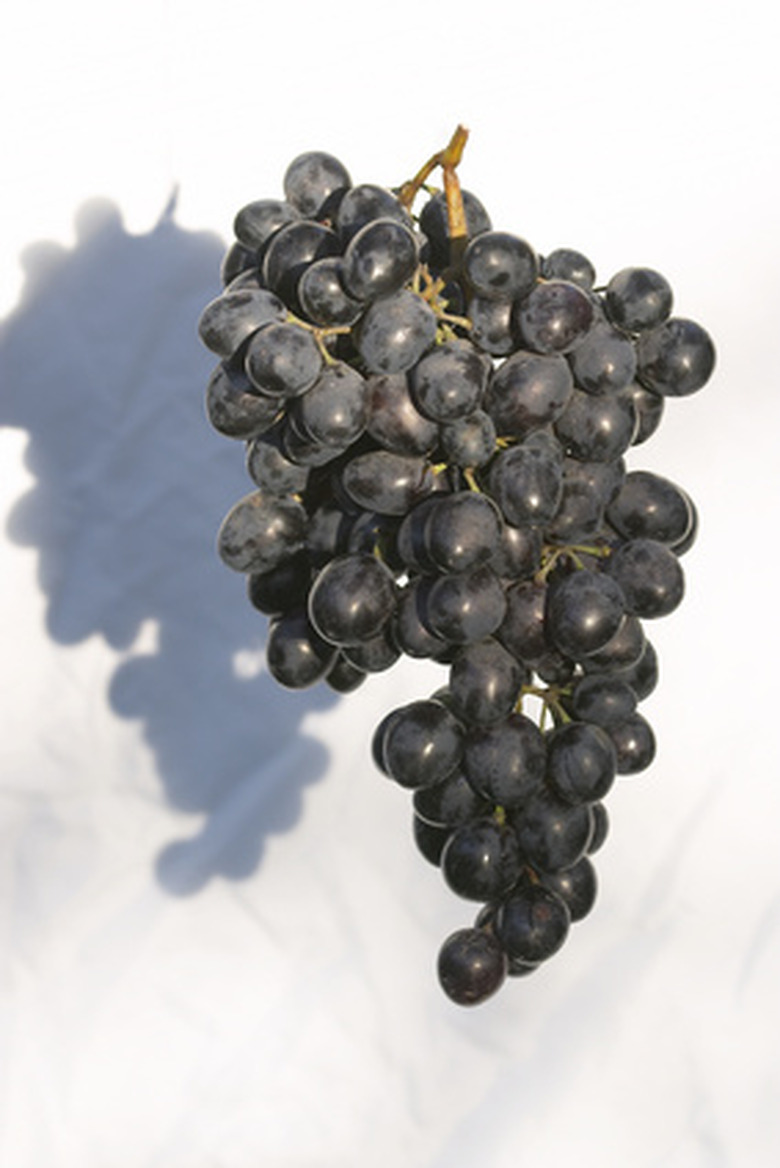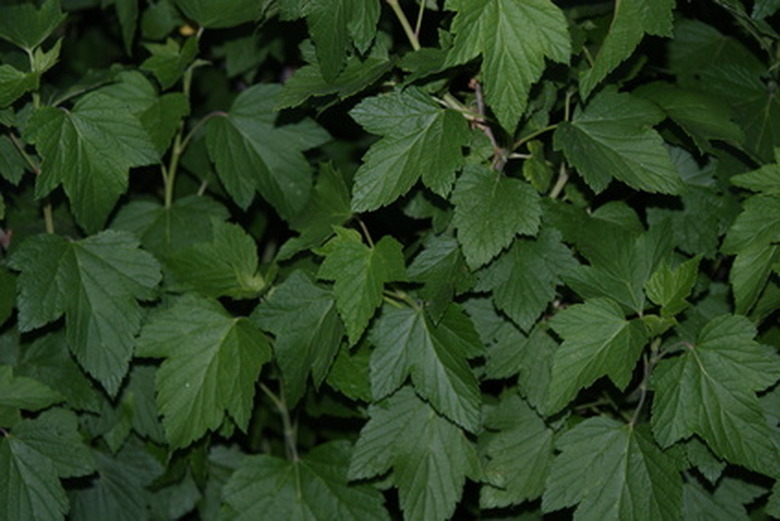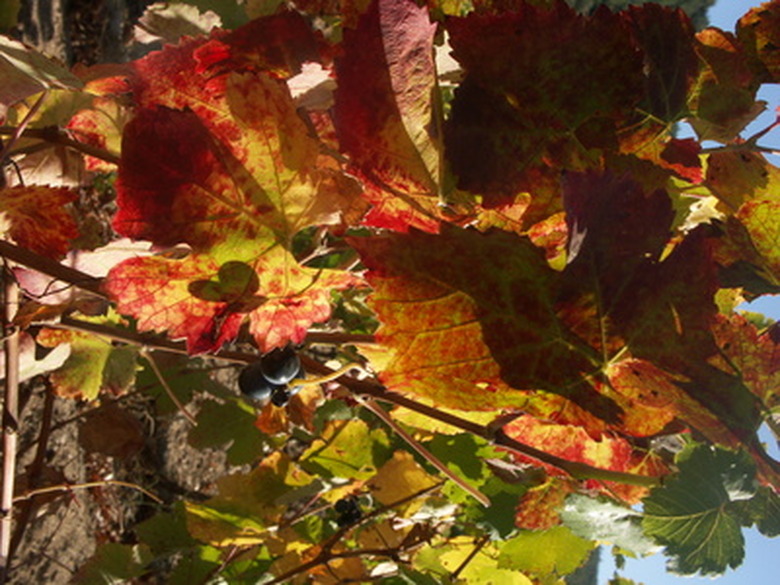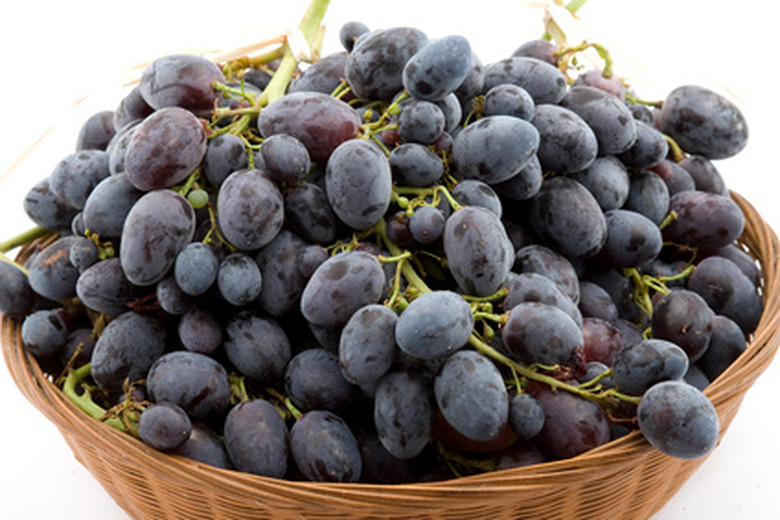Types Of Texas Grapevines
Along the rivers, creeks and waterways of Texas, grapevines have grown wild for centuries. The hardy native grapevines of Texas have offered valuable genetic resistance to grape root-stocks around the world according to the Texas A&M University. There are 14 recognized native grapevines in Texas. Despite an abundance of native grapevines, growing grapes for wine production is extremely difficult in the state. Currently there are 40 plus wineries located in Texas with a production of 2 million gallons of wine per year.
Summer Grape
The native Texas summer grape (Vitis aestivalis) grows to a height of 30 feet. The vine produces dark, black berries. Growth is quite rapid and the vine can quickly become a noxious weed. The vine has attained a true Texas hardiness. It can easily withstand drought, extreme heat and cold. The summer grape prefers full sun but can easily grow in partial shade. Soil requirements are minimal because the grapevine can easily flourish in nutrient poor soil conditions. Animals and birds adore the black grapes in the summer and fall.
- Along the rivers, creeks and waterways of Texas, grapevines have grown wild for centuries.
- The hardy native grapevines of Texas have offered valuable genetic resistance to grape root-stocks around the world according to the Texas A&M University.
Muscadine
The muscadine (V.rotundifolia) grapevine is extremely prolific in Texas. The vines are hardy and can easily attain a size of 100 feet. The vine is either male or female. The fruit contains hard seeds and are favored by birds or wildlife. Grape colors are either black, amber, bronze or red. The vines flourish in full sun with well drained soil conditions. The vine has very few pest or disease problems. It can withstand temperatures down to 0 degrees F.
- The muscadine (V.rotundifolia) grapevine is extremely prolific in Texas.
- The vine is either male or female.
Mustang Grape
The mustang grape (Vitis mustangensis) produces grapes that are not sweet or palatable. Each grape contains approximately four seeds. Despite their bitter flavor, many birds and mammals do consume the fruit. The vines are commonly found on fence-lines and in forest settings. New growth has a furry, white appearance and the underside of the leaves retains the white wool. The species is also found in Oklahoma and Louisiana.
Catbird Grape
The catbird grape (Vitis palmata) can reach a height of 30 feet. The grapes that are produced are black in appearance and palatable for human consumption. The black grapes are also adored by wildlife and birds. The catbird grape vine is native to Texas but it is also a widely grown and purchased grape for landscape purposes within the state. The vine is not drought tolerant and needs moisture in the soil to thrive. It prefers to be grown in full sun but will tolerate partial shade. The catbird grape vine can easily withstand temperatures to -13 degrees F.
- The mustang grape (Vitis mustangensis) produces grapes that are not sweet or palatable.




